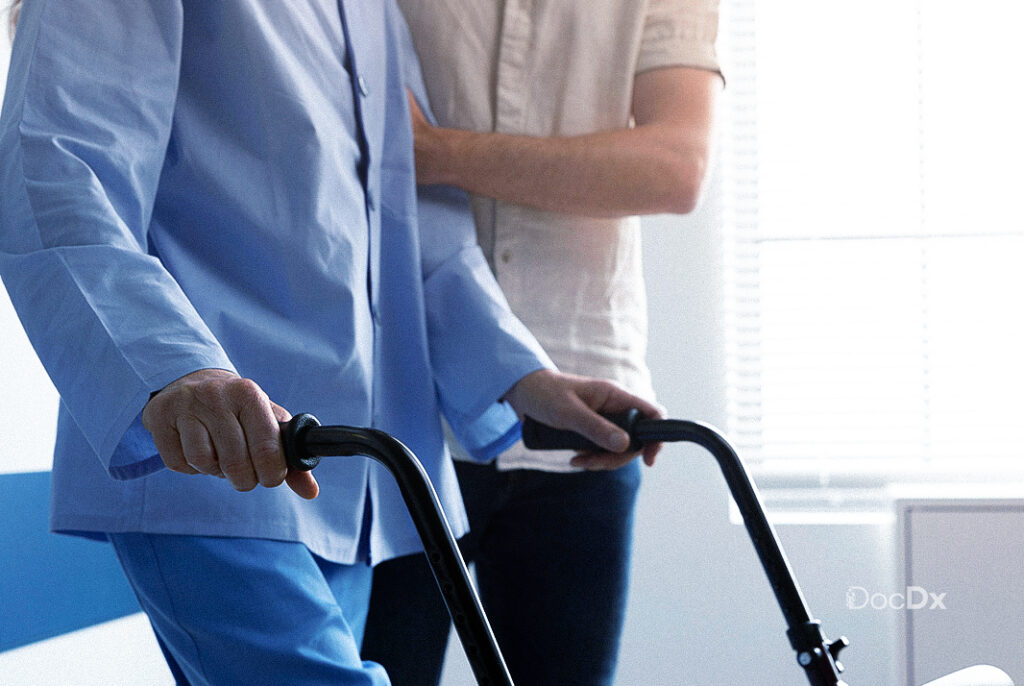Ehlers-Danlos Syndrome (EDS) is a group of inherited connective tissue disorders that affect the skin, joints, and blood vessel walls. People with EDS often experience joint hypermobility, chronic pain, skin fragility, and frequent dislocations. Since connective tissue supports skin, muscles, and organs, EDS can impact multiple body systems, making daily life a challenge.
While there is no cure for EDS, effective management strategies can improve quality of life. This guide will explore EDS symptoms, diagnosis, treatments, lifestyle tips, and support resources to help those living with this condition.
1. Understanding Ehlers-Danlos Syndrome (EDS)
What is EDS?
EDS is a group of hereditary disorders affecting collagen production, which leads to weak connective tissues. The severity of symptoms varies based on the type of EDS a person has.
Common Types of EDS
✅ Hypermobile EDS (hEDS) – The most common form, primarily affecting joints and causing chronic pain.
✅ Classical EDS (cEDS) – Leads to fragile, stretchy skin and joint hypermobility.
✅ Vascular EDS (vEDS) – A rare but severe type that affects blood vessels and internal organs.
✅ Kyphoscoliotic EDS (kEDS) – Causes severe scoliosis from infancy and muscle weakness.
📌 Pro Tip: If you suspect you have EDS symptoms, consult a medical specialist for proper diagnosis and genetic testing.
2. Symptoms and Diagnosis of EDS
Common Symptoms of EDS
EDS symptoms range from mild to severe and may include:
✅ Joint hypermobility – Frequent joint dislocations and instability.
✅ Chronic pain and fatigue – Widespread musculoskeletal pain.
✅ Fragile skin – Easily bruised, slow wound healing, and excessive scarring.
✅ Digestive issues – Gastrointestinal disorders such as gastroparesis and acid reflux.
✅ Autonomic dysfunction – Conditions like Postural Orthostatic Tachycardia Syndrome (POTS).
How is EDS Diagnosed?
EDS is diagnosed through:
✅ Clinical evaluations using the Beighton Score to assess joint hypermobility.
✅ Genetic testing to identify mutations related to certain EDS types.
✅ Imaging scans (X-rays, MRIs) to assess joint and tissue abnormalities.
✅ Heart and vascular testing (for vEDS) to check for arterial fragility.
🚀 Related Read: A primary care provider plays a key role in the diagnosis and management of Ehlers-Danlos Syndrome.
3. Managing EDS Symptoms and Improving Quality of Life
Pain Management Strategies
Living with chronic pain is one of the biggest challenges for people with EDS. Some pain relief methods include:
✅ Physical therapy – Strengthens muscles to support weak joints.
✅ Pain medications – Over-the-counter pain relievers and prescription drugs.
✅ Bracing and taping – Provides joint stability and prevents injuries.
✅ Hydrotherapy and gentle exercise – Swimming, yoga, and low-impact workouts.
Protecting Fragile Skin and Joints
✅ Use protective bandages – Prevent skin tearing from minor injuries.
✅ Avoid repetitive strain – Minimize stress on joints.
✅ Choose soft, breathable clothing – Prevents friction and skin damage.
📌 Pro Tip: Investing in ergonomic furniture, braces, and assistive devices can help reduce EDS-related joint strain.
4. Coping with the Emotional and Mental Health Challenges of EDS
Dealing with Anxiety and Depression
EDS can impact mental health, leading to depression, anxiety, and frustration. Strategies for managing emotional well-being include:
✅ Cognitive Behavioral Therapy (CBT) – Helps with coping mechanisms.
✅ Support groups – Connect with others who understand the challenges.
✅ Mindfulness and relaxation techniques – Meditation, deep breathing, and journaling.
Managing Fatigue and Sleep Issues
EDS can cause severe fatigue and sleep disturbances. Ways to improve sleep include:
✅ Creating a bedtime routine – Set consistent sleep hours.
✅ Using weighted blankets or body pillows – Provides joint support.
✅ Consulting a sleep specialist – If insomnia or pain affects sleep quality.
🚀 Related Read: Learn how to manage chronic conditions that impact daily life.
5. Nutrition and Diet for Ehlers-Danlos Syndrome
The Role of Diet in EDS Management
A well-balanced diet can support joint and skin health, as well as reduce inflammation. Key nutrients include:
✅ Collagen-boosting foods – Bone broth, fish, and citrus fruits.
✅ Anti-inflammatory foods – Leafy greens, turmeric, and omega-3 fatty acids.
✅ Hydration – Drinking plenty of water improves tissue elasticity.
Managing Digestive Issues
EDS patients often experience gut problems, including slow digestion, acid reflux, and IBS-like symptoms. Solutions include:
✅ Eating smaller, frequent meals.
✅ Avoiding trigger foods like caffeine, dairy, and processed foods.
✅ Taking digestive enzyme supplements to aid nutrient absorption.
6. Finding Support and Advocacy for EDS Patients
Online and Local EDS Support Groups
Connecting with others living with EDS can provide emotional support and shared knowledge. Popular resources include:
✅ Ehlers-Danlos Society – Offers patient education and advocacy.
✅ Facebook and Reddit communities – Online spaces for peer discussions.
✅ Local EDS awareness events – In-person support meetings and seminars.
How to Advocate for Better Healthcare with EDS
✅ Educate doctors and healthcare providers about EDS complexities.
✅ Keep detailed medical records for accurate symptom tracking.
✅ Push for specialized care such as pain management and physical therapy.
Final Thoughts
Living with Ehlers-Danlos Syndrome requires a comprehensive approach that includes medical management, lifestyle adaptations, and strong support networks. By following effective pain relief strategies, protecting joints, prioritizing mental health, and eating a balanced diet, individuals with EDS can improve their daily lives and maintain independence.
🚀 Take Action Today: Need personalized guidance on EDS care and symptom management? Contact a specialist today!




